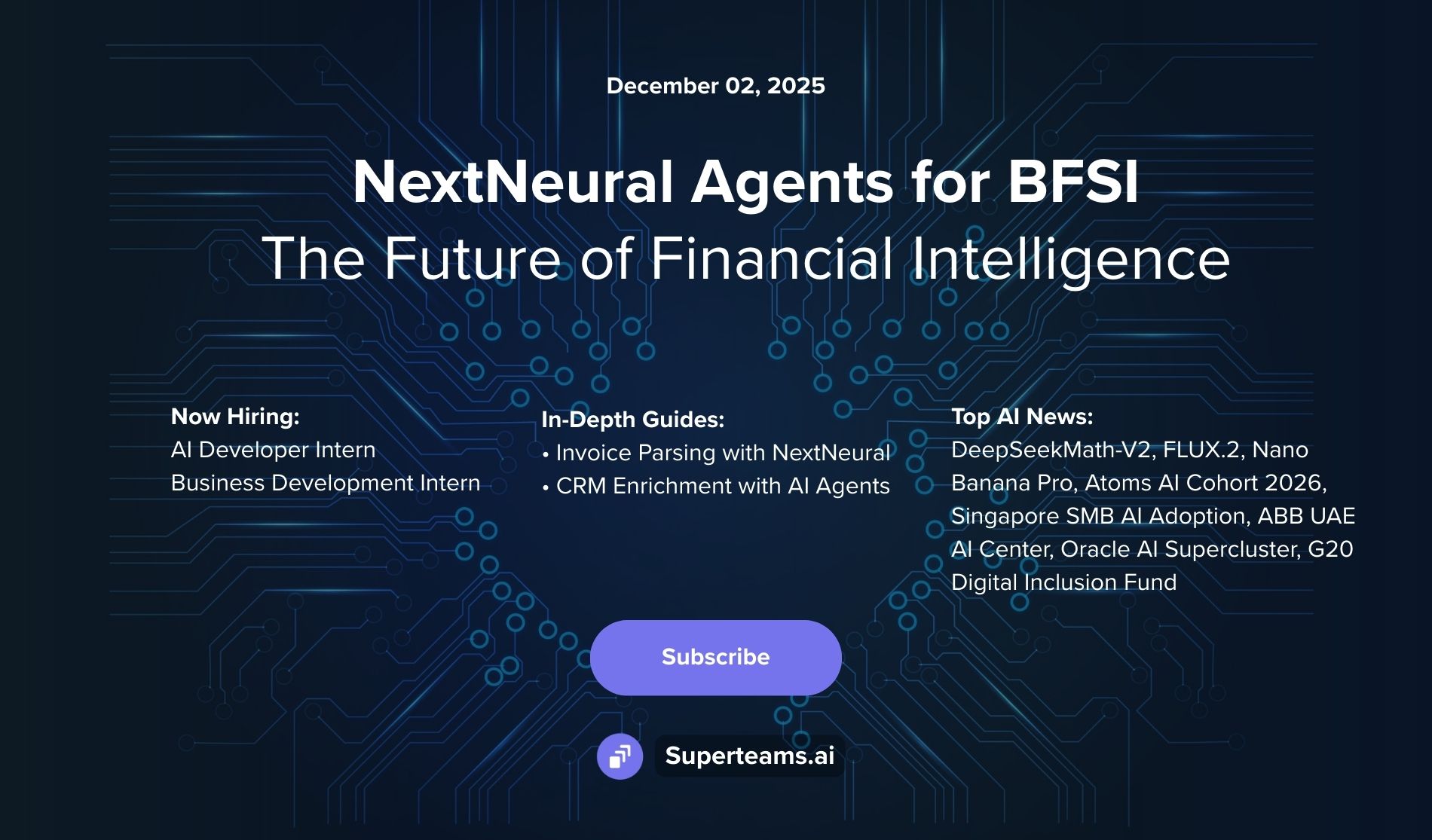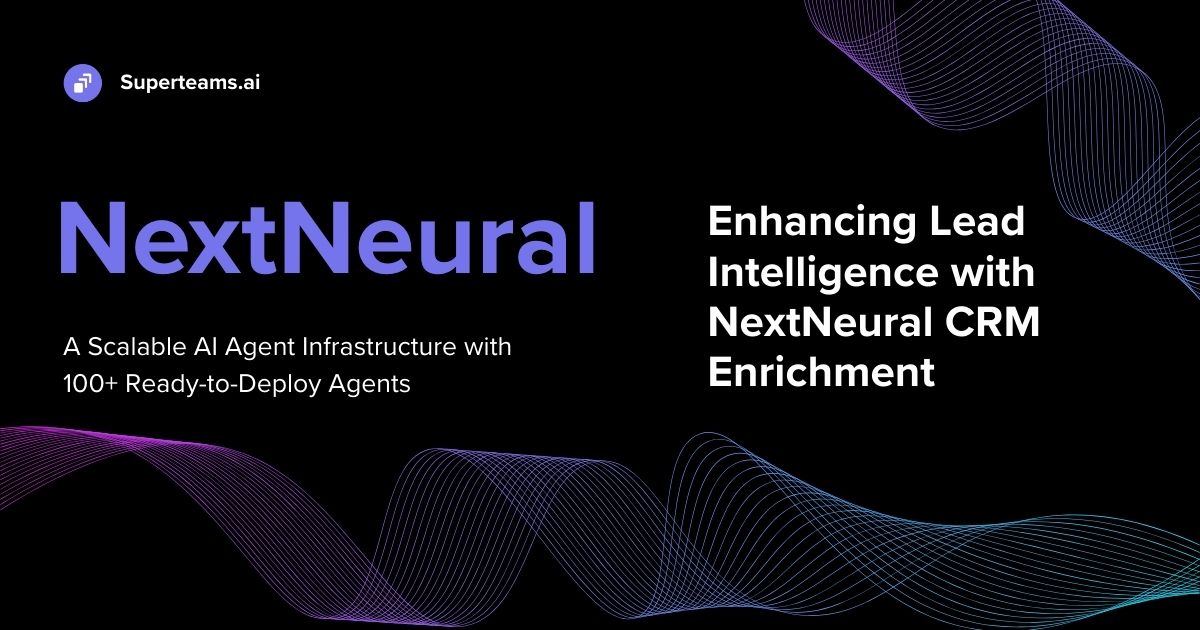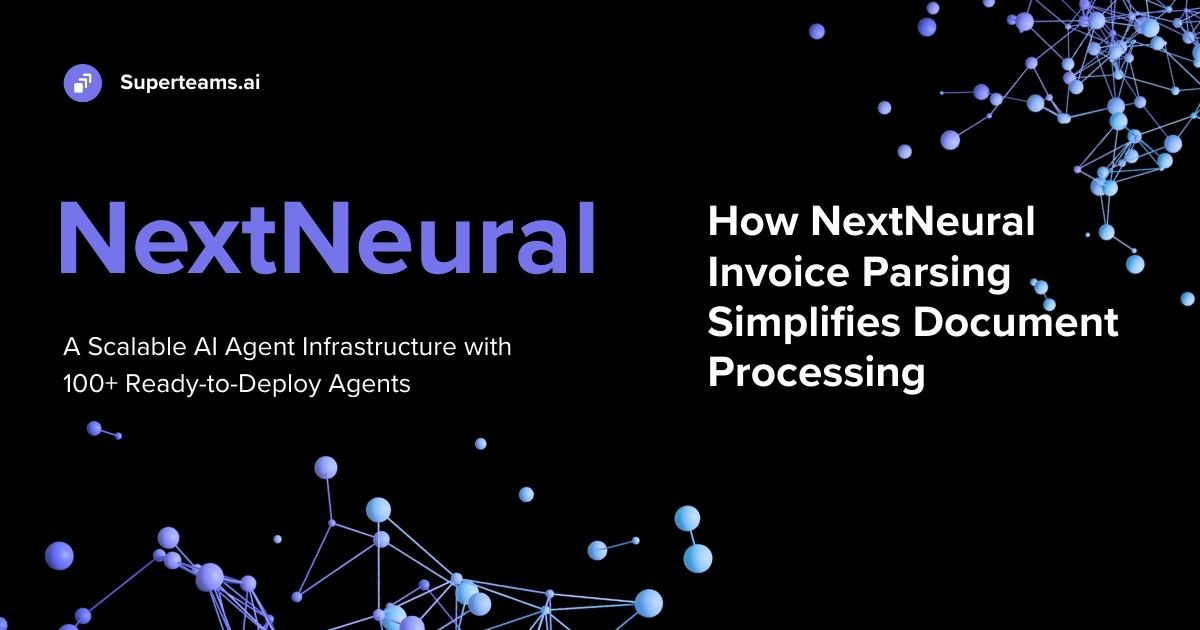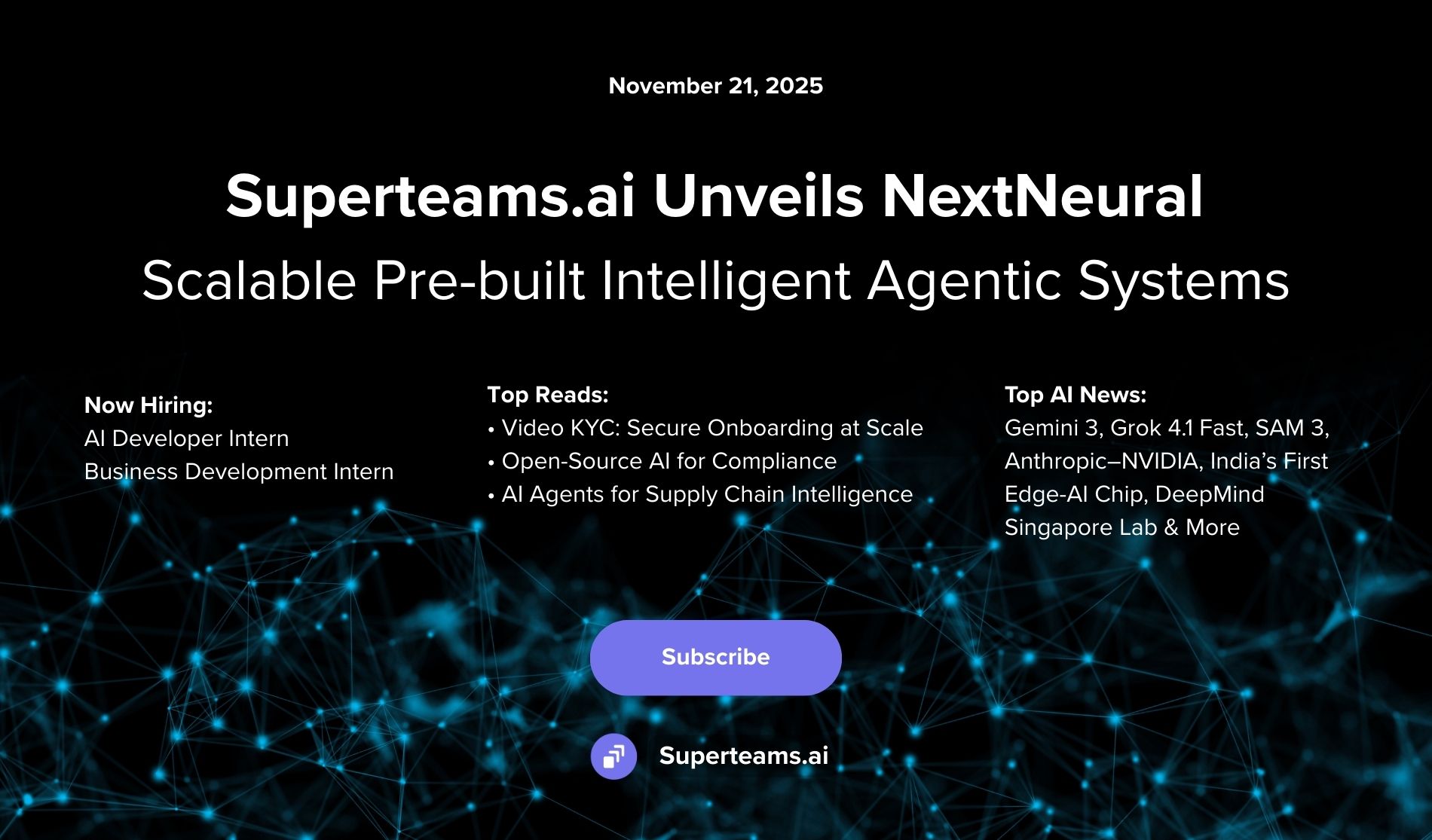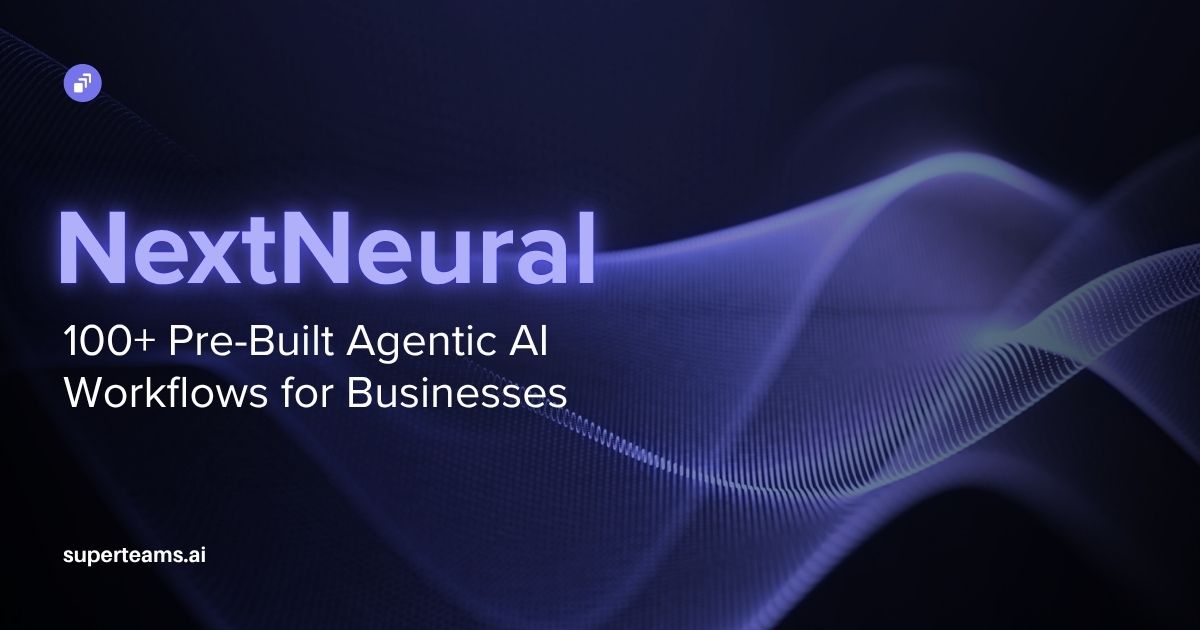Newsletter Issue July 2025 : How to Build Strong Guardrails for AI Agents
11 July, 2025 Issue: Discover how to secure AI agents with strong guardrails, review recent AI launches, and explore job opportunities in BD and technical writing.
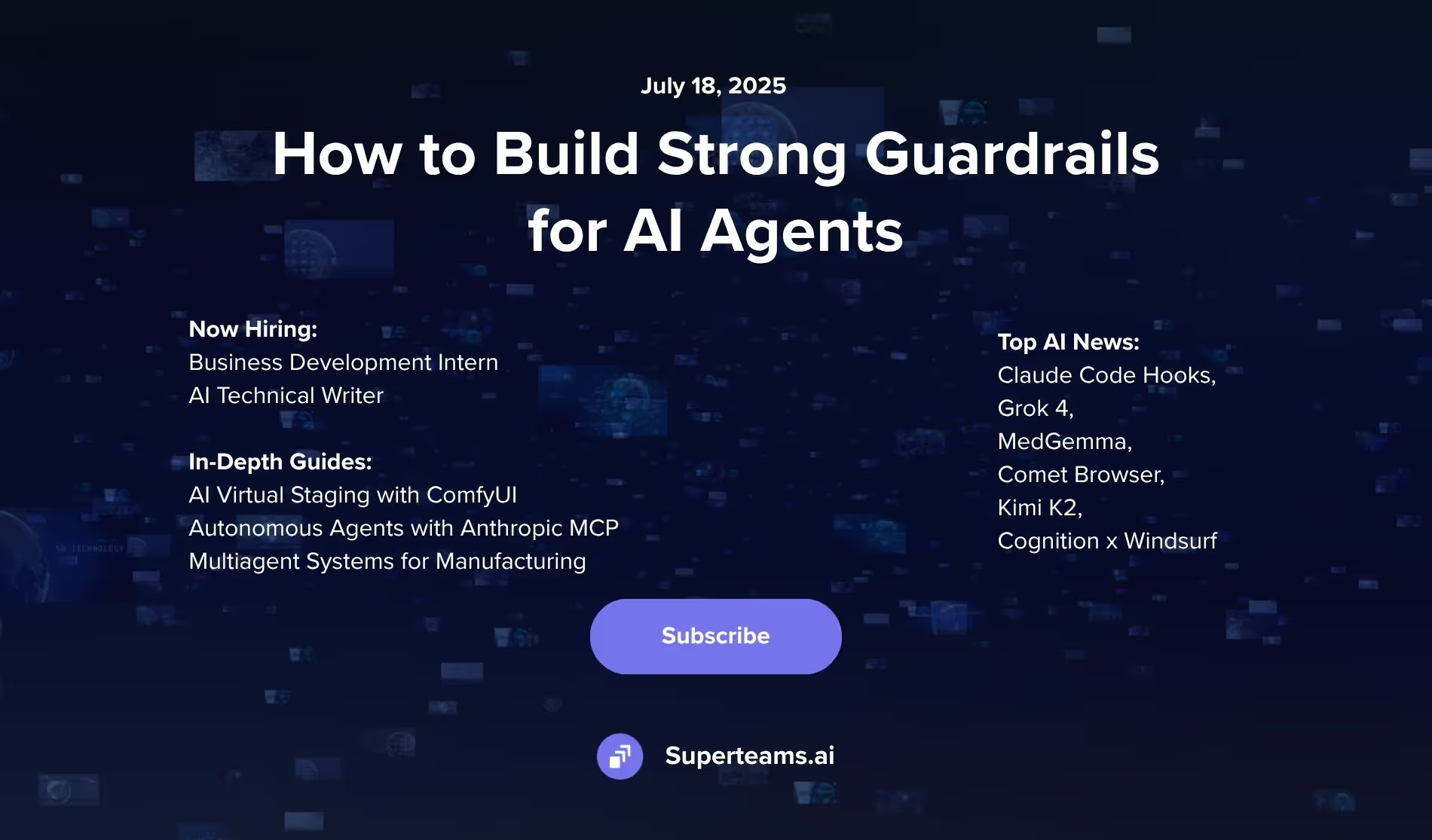
In a recent conversation with a technology leader at a healthcare startup, I learned that their biggest concern is an AI agent going rogue - updating or deleting data, or leaking sensitive information. It’s one of the key reasons their agent deployment is still stuck in the pilot phase.
And it’s a valid concern. An agent with database access can cause serious damage, often in subtle ways. Developers, used to building deterministic systems with predictable execution loops, tend to apply the same mental model when building agents. But agentic systems aren’t deterministic. They almost always work. Until that one time out of a hundred when they don’t - when instead of just reading from the database, the agent decides to update records, delete rows, or fetch data it was never meant to access. And then you’re left cleaning up the mess.
This is the reality of working with technology that’s inherently probabilistic. You can’t be 100% sure it will behave the same way every time. So what’s the answer? Guardrails.
Guardrails
When we talk about guardrails, the conversation usually revolves around ensuring the agent doesn’t say something inappropriate or biased. But in practical deployments, especially inside businesses, the bigger concern is: Can the agent be trusted with internal systems and sensitive data?
Guardrails aren’t just about moderation. They are the invisible scaffolding that keeps agents from stepping out of bounds, on what they access, how they act on it, and when they’re allowed to make decisions.
At the lowest level, guardrails help manage data access. This means setting strict boundaries around what tables or APIs the agent can see, and what it’s allowed to do with them - read-only, read-write, or nothing at all. It also means filtering the kind of queries or actions that are allowed to pass through. For example, never allowing a DELETE or UPDATE operation - or - logging every query that the agent generates for audit.
Guardrails are so important that when we, at Superteams.ai, interview candidates, we check if they have thought through them in the demo code they write during our vetting process. A smart engineer knows that they aren’t an afterthought; they’re part of the architecture. We look for signs that the engineer has considered edge cases, failure modes, and unintended consequences. For example: did they scope the agent’s access? Did they simulate execution before hitting live systems? Did they add checkpoints before destructive operations? These are subtle but critical signals of production-readiness.
Guardrails for Agents are like RBAC for Humans
Just like RBAC (Role-Based Access Control) has historically been used to ensure that certain accesses are restricted based on user roles, agents, too need a similar layer of contextual permissions. Except, unlike humans, agents don’t always have intent you can ask about. They act based on patterns, prompts, and probability. Which means access decisions must be enforced externally, not assumed to be inferred by the agent.
At a slightly higher level, guardrails also involve designing intent validation layers - systems that sit between the agent and the action it’s about to take. These layers check: Is this action aligned with what the user actually asked for? Does this match the expected format or intent? Think of it as a checkpoint where the agent’s decision is validated against business logic before it’s executed.
Then comes rate-limiting and scope control. An agent shouldn’t be allowed to hit an API a hundred times in a loop just because it didn’t get the answer it wanted. Nor should it be allowed to query the entire CRM when a user only asks about a single customer. Guardrails help here too - by defining scope, pacing, and fallback behaviors when things don’t go as expected.
And finally, there’s the observability layer. Every action the agent takes, every query it generates, every external call it makes - should be logged, auditable, and ideally, replayable. Not because you expect it to go wrong, but because when it does, you need to understand exactly how it went wrong.
These practices are foundational to safely scaling agents inside business systems. Without these in place, even the smartest agent can become a liability.
How to Implement Guardrails
Every business is unique in their architecture, underlying data, access controls and business use-cases. Therefore, Guardrails must be designed with deep awareness of the specific risks posed by your agent’s capabilities and the environment it operates in.
Here’s a high level architectural overview of how you can architect them:
Data Access Control Layer (DAC)
This is your first line of defense. Before the agent even attempts to query a database or call an API, enforce access boundaries using a policy enforcement point (PEP). Key elements include:
- Row- and Column-Level Access Policies: Define per-agent or per-user rules using SQL views, row-level security (RLS), or API gateways. For instance, agents serving support teams may only access non-sensitive fields in customer tables.
- Operation Filtering: Intercept every SQL query and filter out DELETE, UPDATE, or INSERT operations unless explicitly whitelisted. This can be done using SQL proxies (like Pgbouncer with custom extensions) or custom API middleware or through user-specific permissions at the database level.
- Token-Scoped Credentials: Authenticate agents using short-lived, scoped credentials (e.g., IAM roles, signed JWTs with fine-grained permissions) that expire or auto-revoke.
Many frameworks do not offer strong-enough support for DAC - so, you should engineer it yourself.
Intent Validation and Execution Gatekeeping
Agents often hallucinate actions. Before allowing execution, pass outputs through a validation layer:
- Function Call Whitelisting: If the agent emits structured output (like OpenAI or Anthropic function calls or JSON schemas), only allow execution if the function and parameters are in the approved registry.
- Natural Language → Intent Matching: Use a classifier or rule engine to verify whether the agent’s proposed action aligns with user input. You can use a second verifier agent.
- Shadow Execution Mode: In early-stage deployments, simulate actions rather than executing them - e.g., log SQL queries without sending them to the DB, or return mocked API responses. This creates a safe feedback loop for refinement.
Rate Limiting and Scope Bounding
Agents must operate within predefined scopes and limits. You have to treat them exactly like you would treat an external party:
- API Gateway Enforcement: Apply IP-based or identity-based rate limits using tools like Kong, Envoy, or AWS API Gateway.
- Query Budgeting: Implement soft quotas for query volume, row limits, and compute time. E.g., a search agent shouldn’t be allowed to fetch 10,000 records unless explicitly allowed.
- Scoped Context Windows: Restrict vector store or memory access to specific namespaces or embeddings tied to user roles, task types, or conversation threads.
Observability and Audit Layer
You can’t debug what you can’t see. Observability should be baked into your agent infra:
- Structured Logging: Log every agent step - input prompt, output action, execution trace, and errors - in a structured JSON format. Use centralized logging tools (e.g., ELK stack, Datadog, or Prometheus/Grafana/Loki).
- Session Replay: Persist conversations, actions taken, and backend calls to replay and trace issues. Useful for red-teaming and compliance audits.
- Real-Time Monitoring and Alerts: Set thresholds (e.g., 5 failed queries in a row, or access to sensitive data) that trigger alerts via Slack, PagerDuty, or other incident tools.
Human-in-the-Loop (HITL) Controls
Some actions should require human approval - and you can bake that into your rule engine for agent action verification:
- Approval Flows: For high-risk operations (e.g., updating invoices, triggering workflows), route the agent’s suggestion to a human approver via UI or Slack before execution. Keep the action in draft mode until validated.
- Annotation Interfaces: Expose edge cases or unclassified outputs to internal users for review and correction. This feedback can be fed back into fine-tuning or RLHF loops.
Final Thought
Guardrails are an architectural commitment - a multi-layered safety net spanning access control, intent understanding, behavioral limits, and continuous oversight. As agents become more autonomous, your guardrails must become more deliberate, composable, and observable.
Current Openings at Superteams.ai
Business Development Intern
We’re looking for an MBA-graduate Business Development Intern to support our GTM efforts. You’ll work directly with the founding team to work on lead prospecting, build relationships with frontier companies, and experiment with outbound and inbound growth strategies.
AI Technical Writer
We’re looking for freelance AI engineers to collaborate with us. The work will involve a mix of writing and building demos.
In-Depth Guides
AI Virtual Staging with ComfyUI: Instantly Transform Empty Rooms into Stunning Spaces
In this blog, we break down how you can leverage ComfyUI’s dual-ControlNet workflow to create realistic virtual staging for real estate.
How to Build Autonomous AI Agents Using Anthropic MCP, Mistral Models, and pgvector
This guide shows how to build a memory-powered AI agent with PostgreSQL, pgvector, Anthropic MCP, and Mistral.
A Guide to Building AI-Powered Multiagent Systems for Manufacturing
A hands-on guide to building multiagent AI systems for manufacturing supply chain automation covering agent design, orchestration, data pipelines, and real-world deployment
Latest AI Releases - July 2025 Edition
June 2025 AI roundup: Magistral, o3-pro, Darwin Gödel Machine, Gemini 2.5, MiniMax-M1, and Midjourney V1 bring new advances in reasoning, automation, and creative generation.
What’s New in AI
Anthropic Unleashes Claude Code Hooks for Seamless AI Workflow Control
Anthropic’s Claude Code now supports Hooks, enabling developers to trigger shell commands at key moments—automating formatting, logging, security checks—and bringing deterministic, customizable, and reliable AI-driven workflows to the terminal.
Sakana AI Launches TreeQuest with AB‑MCTS: AI Models Unite
Sakana AI’s TreeQuest introduces AB‑MCTS, enabling frontier LLMs (e.g. o4‑mini, Gemini‑2.5‑Pro, DeepSeek‑R1) to dynamically collaborate and trial‑and‑error, boosting ARC‑AGI‑2 performance by 30%.
Google Unveils MedGemma & MedSigLIP — Open Models for Health AI Development
Google launches MedGemma 27B Multimodal and MedSigLIP, open-source models for multimodal medical data and image/text tasks, delivering top-tier diagnostics, EHR insights, and broad developer flexibility.
Perplexity Debuts Comet
Perplexity launches Comet, an AI-powered browser featuring an embedded sidebar assistant that “vibe browses,” automates tasks like email/calendar handling, and integrates seamlessly—first to Max subscribers, free tiers arriving soon.
Elon Musk Unveils Grok 4: “Smartest AI in the World” Amid Controversy
xAI drops Grok 4 with multimodal reasoning, tool-enabled “Heavy” tier, and Tesla integration - despite recent antisemitic missteps, Musk calls it “Ph.D. level” advanced.
Cognition Acquires Windsurf After OpenAI Deal Collapses, Google Snatches CEO
Cognition AI has acquired Windsurf’s IP, brand, and remaining team following Google’s $2.4B reverse‑acquihire of CEO Varun Mohan and co‑founder, after OpenAI’s near $3B acquisition failed due to Microsoft‑IP tensions and its deal collapse
Moonshot AI Unveils Kimi K2
Moonshot AI launches Kimi K2, a trillion-parameter Mixture‑of‑Experts model (32B active) excelling in coding, reasoning, and tool use. Open-weight release rivals GPT‑4, Claude, and DeepSeek benchmarks.
About Superteams.ai
Superteams.ai acts as your extended R&D unit and AI team. We work with you to pinpoint high-impact use cases, rapidly prototype and deploy bespoke AI solutions, and upskill your in-house team so that they can own and scale the technology.
Book a Strategy Call or Contact Us to get started.


